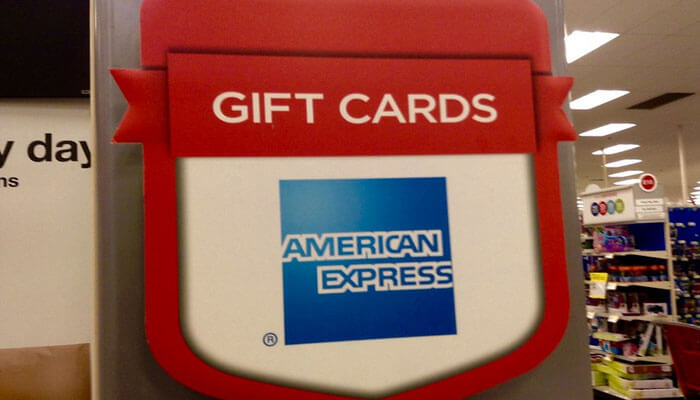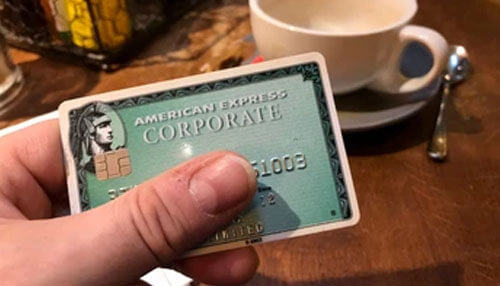We live in the age of cryptocurrency, which continues to disrupt the global financial marketplace and drive fiscal inclusion in different parts of the world.
Take Africa, for example, where the uptake of cryptocurrencies such as Bitcoin continues to enjoy exponential growth.
Here, some 57% of the population (around 95 million people) don’t have a traditional bank account, guaranteeing the appeal of accessible and completely decentralized crypto assets.
This has forced traditional payment providers like American Express (Amex) to continually innovate and retain their competitive edge. But how has Amex remained relevant in the digital age, and how does its history help it to stay ahead of the innovation curve?
Amex – A Brief Introduction and History
American Express is one of the popular payment providers in the US, and it has managed to remain relevant and enduringly popular throughout its 172-year history.
That’s right, American Express started out life way back on March 18th, 1850, when it was a simple freight forward company that quickly built a reputation for transporting clients’ most valuable material possessions.
Interestingly, this now-iconic company was born through the consolidation of three separate businesses that were active in the logistics space, namely Livingston, Fargo and Company, Wells & Co., and Butterfield & Wasson.
Each of these businesses was focused on transporting goods and valuables between New York, Buffalo, and various points in the Midwest. By the end of the American Civil War in April 1865, the merger had created a single company that had flourished to the point where it operated 900 offices in 10 states, already establishing Amex as the leader in its field.
During the course of the late 19th century and early 20th century, Amex began to evolve in line with its exponential growth and wider technological trends as it introduced innovative new financial products in the travel sector and other everyday marketplaces.
Then came the 1950s, when Amex introduced a ground-breaking charge card. This provided all qualifying customers with a new, accessible, and more convenient way to pay for goods and services, and it’s this model that has helped the company to evolve into the world’s largest global payments network.
By the early 21st century and the onset of the digital age, American Express operated in more than 40 countries globally while retaining its identity and headquarters in the heart of New York City.
It also continued to evolve its financial products during this time, creating a publishing division that was responsible for popular magazines such as Travel & Leisure and Food & Wine.
This particular offshoot of the business was sold to Time Inc. in 2013, but it’s a good example of how the Amex brand has evolved and grown over time.
Amex and Innovation – A Match Made in Heaven
Our introduction has certainly highlighted some small examples of Amex’s penchant for innovation, with this used as a vehicle to drive growth and retain a viable market share when compared to its rivals (including Visa and MasterCard).
Another example of this can be found in the burgeoning online casino space in the US and Canada, with sports betting having become increasingly commonplace in the former since May 2018.
Back then, the Supreme Court struck down the controversial PAPSA legislation that prohibited sports betting at a federal level, enabling individual states to legalize this practice on a mass scale.
This has created a growing number of active casinos and sportsbooks in North America, while similar growth has already been evident in Europe and across the globe.
Such entities strive to offer as many payment options as possible to their customers, with American Express now one of the most popular in the online gambling space. Interestingly, Amex wasn’t immediately available when the US iGaming market launched in earnest in 2013, but it has since become more widely available across a significant number of casinos.
You can read more on Time2play about which US casinos accept Amex payments in the current marketplace, but rest assured that this number will continue to grow exponentially in the near term.
Outside of the iGaming market, Amex is also continuing to use innovation and technology as a way of focusing on consumers and meeting their ever-changing needs.
For example, as part of the so-called “Plan It” experience for all US Consumer Card members, Amex is continuing to innovate around the increasingly popular ‘buy now, pay later’ feature that helps customers to organize their finances more effectively in strained economic times.
This feature was recently brought to Delta Air Lines as a brand-new checkout option on the client’s site, marking the first ever time that ‘Plan It’ is being offered within the aviation market.
As a result, eligible customers can now pay for purchases of $100 or more in monthly installments, affording them the flexibility that they crave in exchange for a nominal, fixed fee.




